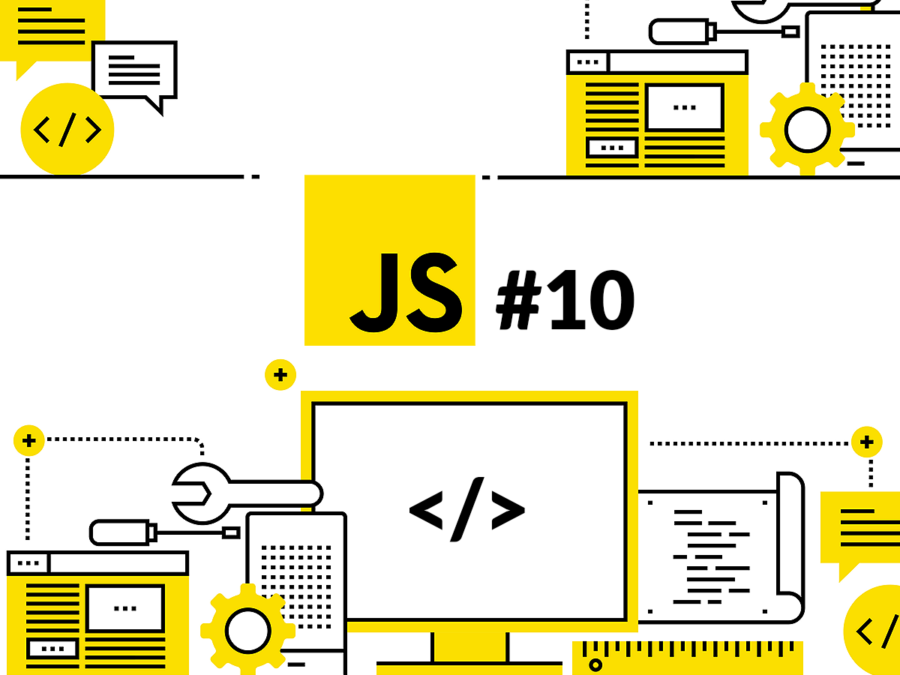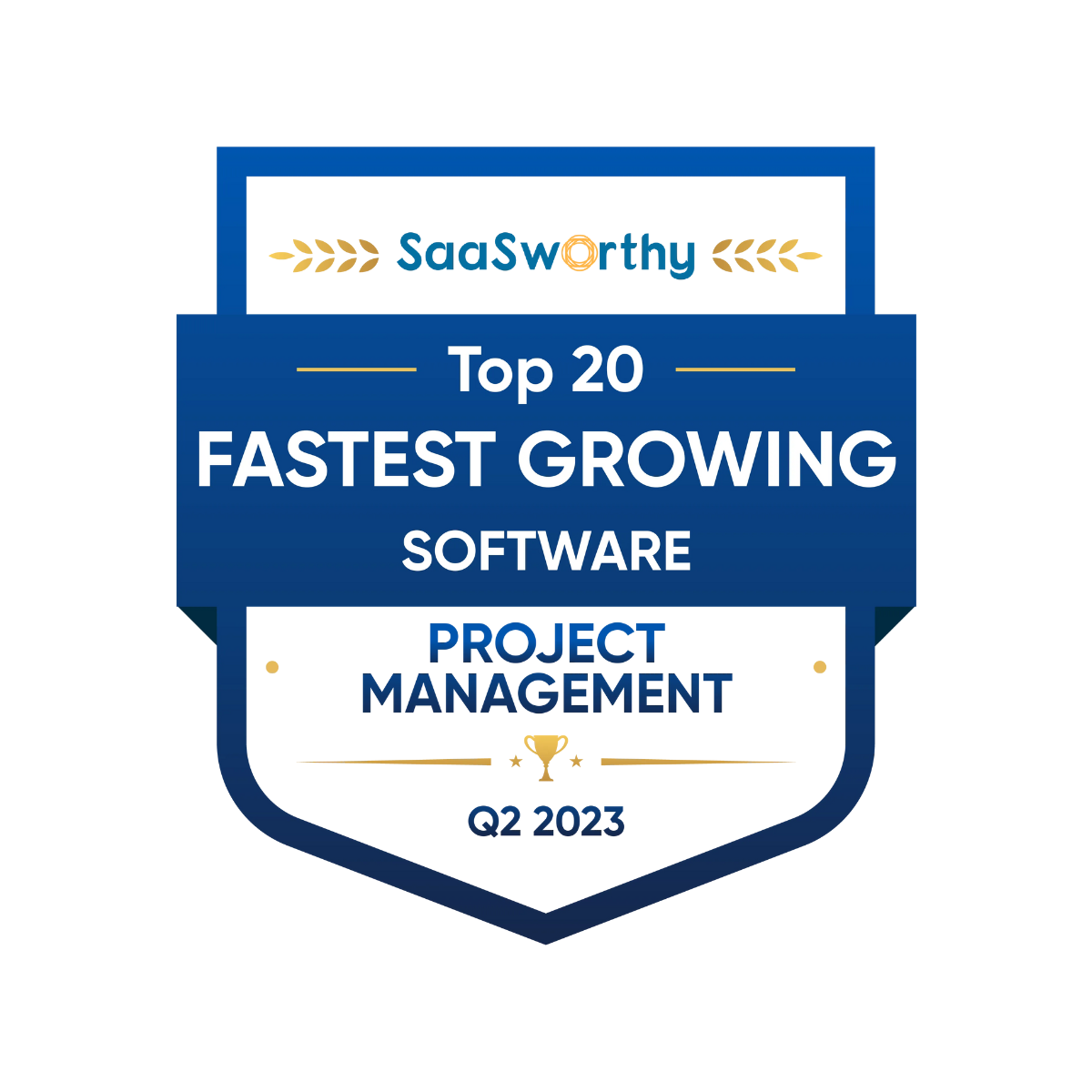This is part 10 and the last part of the JavaScript blog post series that will take you from beginner to advanced. Without further ado, let’s get started with the final tutorial.
JavaScript course – table of contents:
- JavaScript topics we’ve covered
- JavaScript basics and setting up the coding environment
- JavaScript best practices
- Variables and constants
- Basic data types in JavaScript
- Loops in programming
- Arrays and functions
- JavaScript objects
- Highly common concepts in JavaScript
- Where to go from here?
Wow! You finally made it here! Most people do not follow up on their passions and drop the courses they take after only a few tutorials, and this is only the case if they start acting on it!
JavaScript topics we’ve covered

Throughout this JavaScript course we have started from the very basics of JavaScript and moved up our way to pretty advanced concepts.
The first step of getting started with JavaScript was to actually understand why do we learn JavaScript in the first place. There are multiple main reasons why you may want to get started with JavaScript but the most prominent applications of JavaScript are usually in one way or another in web development. JavaScript started as a front end only language and spread to the backend servers and started dominating there as well.
No matter why you are learning JavaScript it is probably a good idea to take a quick look over this JavaScript course again.
This way you can see your progress and see the parts where you understand really well, which may have intimidated you at first, as well as catching the parts that you may have ignored or missed.
JavaScript basics and setting up the coding environment
After seeing why JavaScript is so popular and what you can actually do with it we started out with some Hello world! examples. We set up our coding environment inside Google Chrome, and started using the JavaScript Console to write some code. Initially, the code we wrote started out as really simple and every line we wrote had a simple purpose, without being interconnected to other lines. As the complexity of our code started increasing, we have upgraded our coding environment to Google Chrome Console. With the Console, we started being able to comfortably write multi-line code that started getting gradually more complex advanced over the whole JavaScript course.
JavaScript best practices
Throughout the series we have also incorporated a lot of coding best practices. These best practices make your life easier when you are just starting out, and they even become more valuable when you start working or collaborating with other people. And exactly for that reason, there are even standards and sayings like “All code should look like it is written by one person, no matter how many people have collaborated.” This is exactly why, one of the very first concepts, we have seen was commenting our code. Doing this, not only makes you a better programmer in the future, but it also allows you to have a better coding experience when you are starting out as well.
Variables and constants
Next, we have seen that we can store data in what is called variables and constants. When deciding which one to choose for a new data, we should keep in mind that if we don’t anticipate changing the data, we want to use the “const” keyword. If we think that we will need to modify that value, we then have to use the “let” keyword. These are the current best practices, but we also saw that prior to ES6, the only way to use variables was to declare it with the “var” keyword. After seeing the potential issues caused by the flexibilities that come with the var keyword, in 2015, with the ES6 standard, the new and modern way to write JavaScript became using the “const” and the “let” keywords.
Basic data types in JavaScript
After that we have talked about the basic data types in JavaScript. The main point here is to understand that different data types are good at doing different things. That’s why it is important to understand what kind of data types we’re working with. Later on, we have seen that by using if else statements we can start having control over our code. Starting with those, we learned to partially ignore our code in order to adapt it to certain specific conditions. We learned about different control structures we can use to have more precise control over our code and data. This way, our code could adapt to different inputs with more accurate answers.
Loops in programming
Next, we discovered loops in programming. We saw that with using loops we can start avoiding repeating ourselves in code. This basically allowed us to partially start being DRY. This stands for Don’t Repeat Yourself.
Generally speaking, we do not want to write code more than we have to, to complete the task. Because every time we write more code, we introduce more opportunities for errors in code. It takes more time and effort to write more code, introduces potential errors, it is usually not efficient since now you have to save the same code maybe 10 times. And overall it can significantly decrease the coding experience. This is why starting with the while loops and for loops, we started cutting out potentially repetitive code.
Arrays and functions
We’ve also seen other fundamental concepts, topics and best practices in JavaScript. We have seen that arrays are really good at grouping related data, such as months of the year, some related numbers we need to store and so on. Next, we have seen that functions are really powerful and we can use functions to really modularize our code and have many benefits. Some of those benefits of grouping our functionalities inside different functions are that we create a much more modular, relatively easily testable code. We also significantly decrease our chances of repeating ourselves.
We have seen that there are two main kinds of functions. One of them being pure functions, the other type being impure functions. Generally speaking, whenever we can, we should aim to use pure functions compared to impure functions. This way, the pure functions we write will behave the same way and will give us the same results, no matter where we run the code, or when we run the code.
JavaScript objects
Next, we have seen objects. We learned that objects are good at storing highly associated data that can have many dimensions. We started with the simplest way to create objects and moved our way up to creating blueprints for the objects and then creating multiple objects from that blueprint. Using these blueprints allows us to make sure that the fields in objects follow the same guidelines and have the same fields. This way at the end of the day we can be sure that we have a much more uniform database to work with. It also allowed us to write significantly DRY code.
Highly common concepts in JavaScript
Next up, we have seen highly common concepts and topics in JavaScript. A vast majority of them were based on further optimizing functions, one way or another. By using map and filter methods we were able to skip some for loops and if statements. Using the arrow functions, we were able to vastly decrease the size of our functions. We’ve seen many features in this JavaScript course, including the arrow functions introduced with the ES6 or ES2015, which are the largest recent changes in the JavaScript standards.
Where to go from here?
Depending on what you want to achieve, you can take different routes. If you just wanted to remind yourself the basics of JavaScript because you have to work with it soon, hope this JavaScript course provided you with a comprehensive guide. Maybe you were already good at another language, such as Python, but you also wanted to see JavaScript. If that is the case, I hope I made it relatively easy for you to get started with the JavaScript syntax and concepts. Or maybe you are just getting started with web development and you knew that JavaScript is pretty popular.
In either case I hope this JavaScript course gave you some value. If you know a friend that would find this series helpful, consider sharing the first tutorial of this series with them, so that they can start with their JavaScript journey as well.
Author: Robert Whitney
JavaScript expert and instructor who coaches IT departments. His main goal is to up-level team productivity by teaching others how to effectively cooperate while coding.














